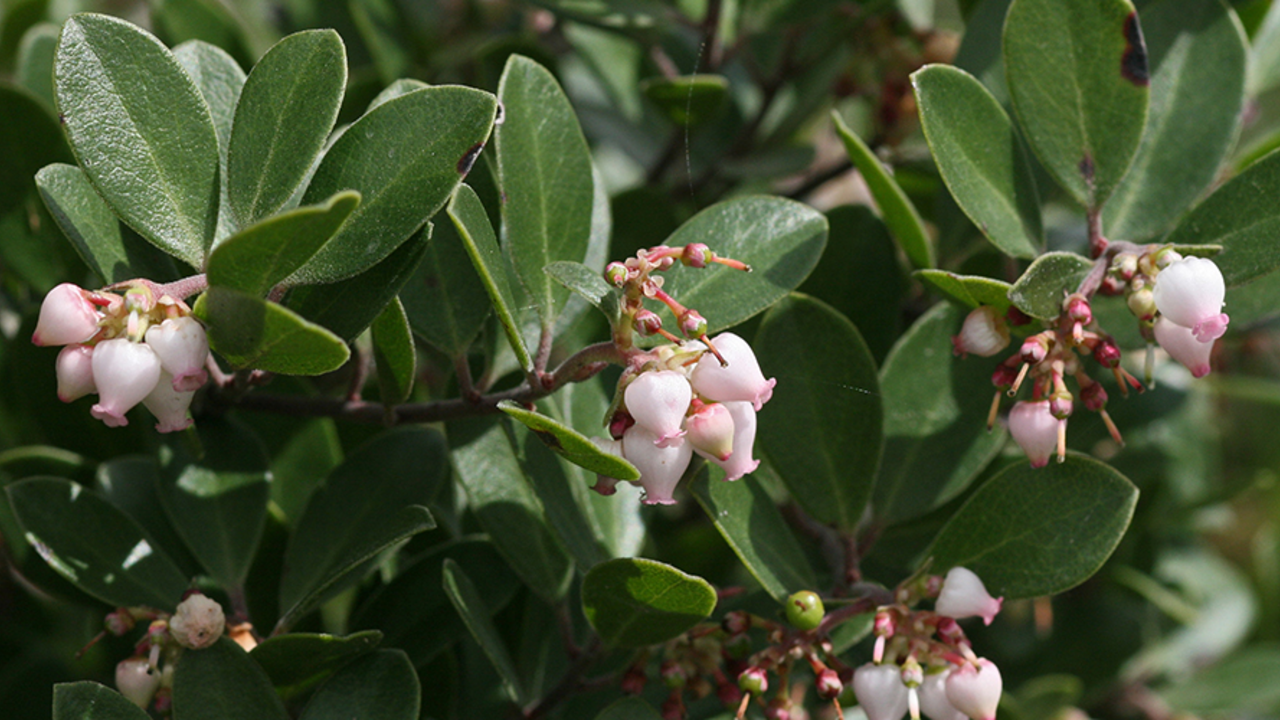Why Don't We Just Buy Plants to Restore the Parks?

Will Elder/National Park Services
Some have asked: Why don’t we just buy plants from our local nurseries to restore the park? In short, the Parks Conservancy grows native plants from seed because such a practice increases the chances of the plants’ survival.
Volunteers help us collect seed from close-by native plants that are adapted to our local conditions. We use seed to provide a larger mix of genes. Think of seeds like brothers and sisters—each a little different, even though they have the same parents.
We collect no more than five percent of the seed available for each species, with the remainder left for natural regeneration. However, we try to collect from at least 50 different plants of each species—again, to provide more genetic diversity. This is important when considering climate change; we are planting plants adapted to our current conditions but with a mix of genes, allowing some offspring to survive as conditions change.
All the seed collected must be cleaned—a daunting task that would not be possible without the help of volunteers!
Of the more than 600 plant types in the Golden Gate National Parks, the six nurseries have grown 411 species. Each one requires different types of care to sprout the seed and grow well.
One type of plant grown in the nurseries is ferns, which are grown from spores (a fern’s version of a seed). The very small spores take two years to grow a fern into a 4-inch pot.
To grow the many species of plants in the Golden Gate National Parks, we are constantly doing research on how best to encourage the seed to germinate. Here, Chelsea (Redwood Creek Nursery Manager) and Molly (Nursery Intern) experiment with different germination techniques.
The Franciscan Manzanita’s last known, wild individual was found in the Presidio. Because it was previously thought to be extinct, very little is known about the growing habits of this species. Research and germination experiments done at the nurseries will help us to understand how to best reintroduce this plant.
Experiments were also done on Fetid Adder’s Tongue (from Muir Woods). Results showed that their seed need a long moist chilling before sprouting. The nurseries re-create these conditions by placing the seed in damp potting media and putting them in a refrigerator.
As we grow plants to restore habitat in the park, we also do our best to conserve the resources we use to do that growing. When it comes time to sow seed and transplant seedlings, we reduce waste by washing and reusing pots many times.
We partner with the Presidio Trust’s composting program to make our potting media. The compost is made from grass clippings and wood chips collected in the Presidio, and we add organic forms of fertilizers to provide a great, locally-sourced growing medium for our plants.
Pests are kept in balance by the demonstration gardens at each nursery, which provides a home to beneficial native insects that control pest insects. We also consider before killing every bug: is this a natural part of the web of life? If a bug is not causing severe damage to our native plant crops, we leave it to be eaten by its natural predators— like birds or maybe rodents, which are then eaten by hawks and owls. If a pest population does get out of balance, we use organic methods for control.
We capture any runoff from our greenhouses or shade-houses by installing small wetland areas on the downslope side. Here the nutrient-rich water is taken up by native wetland plants, instead of draining into our creeks.
Would you like to help us grow over 190,000 plants this year? Check our website for program times. Come on out to one of our volunteer days! Improve your body, your spirit, and the Golden Gate National Parks.